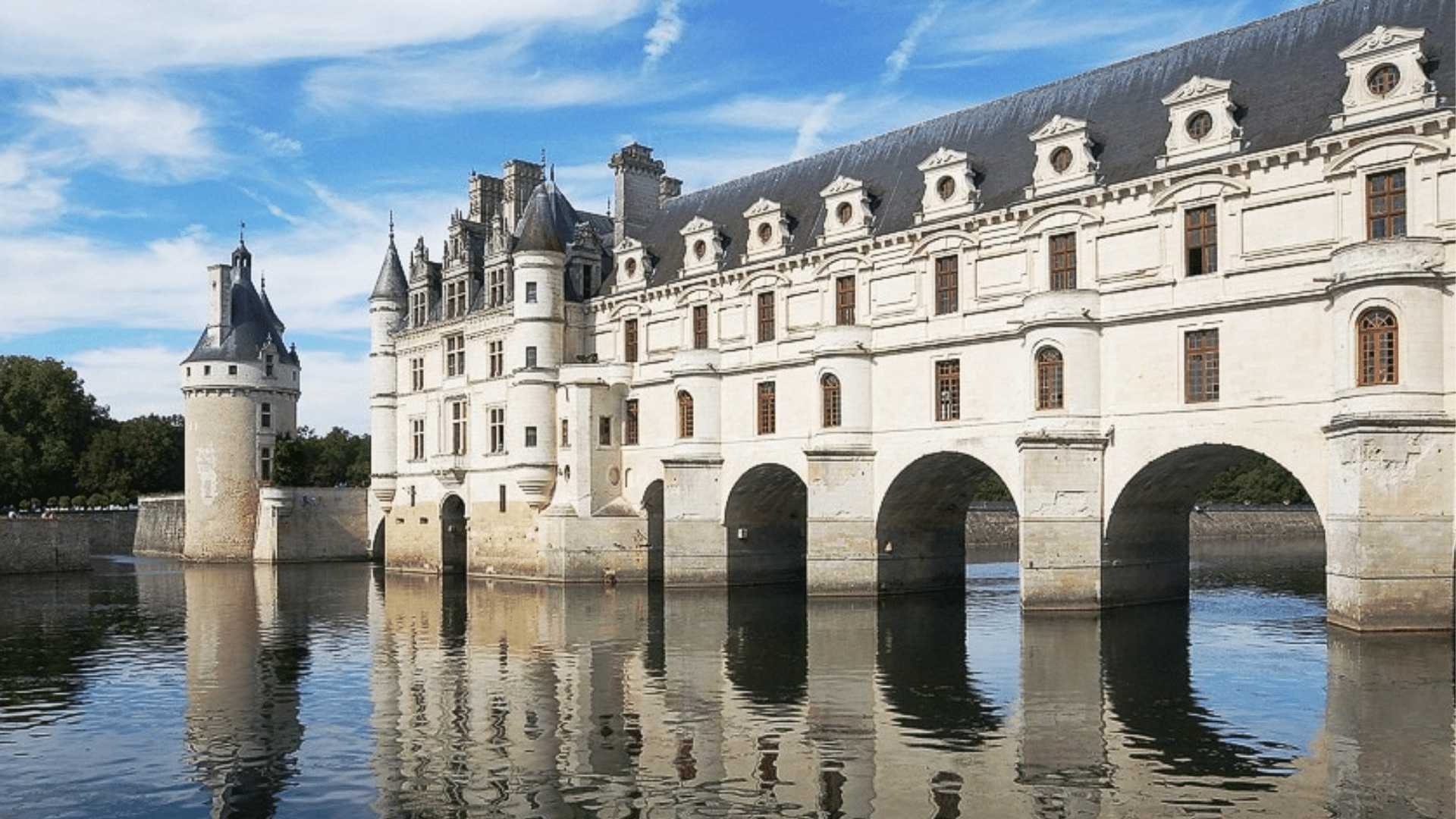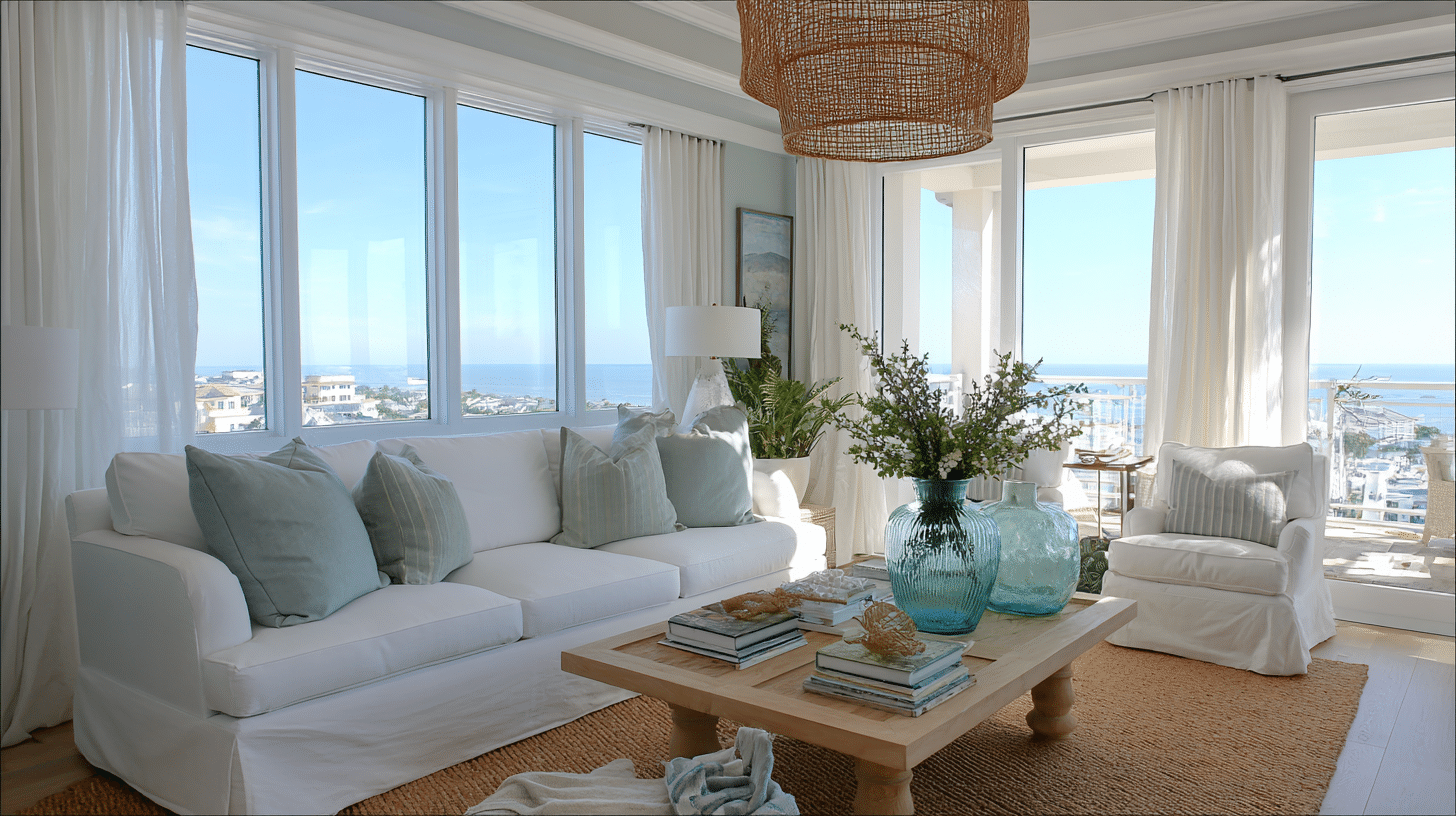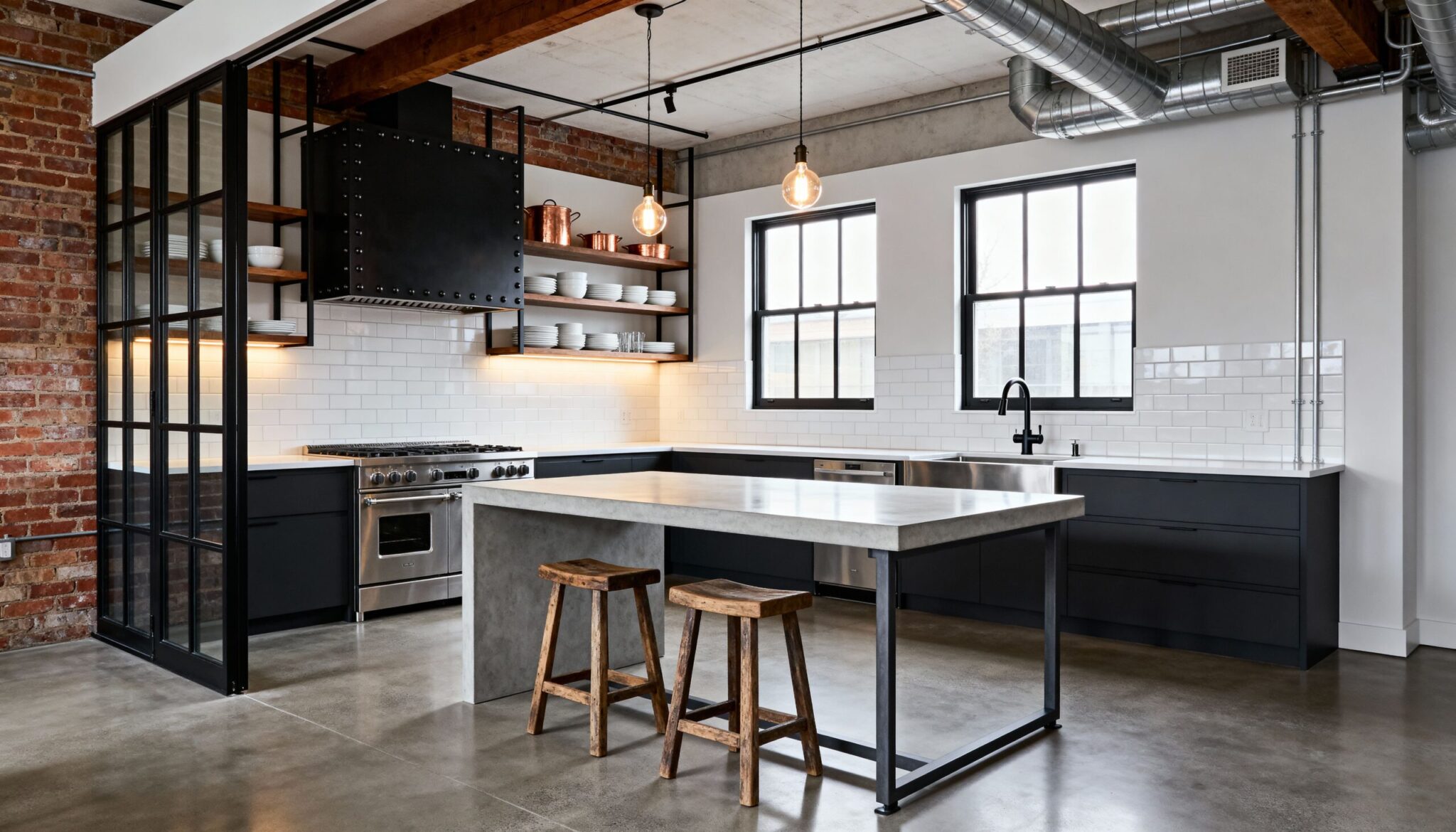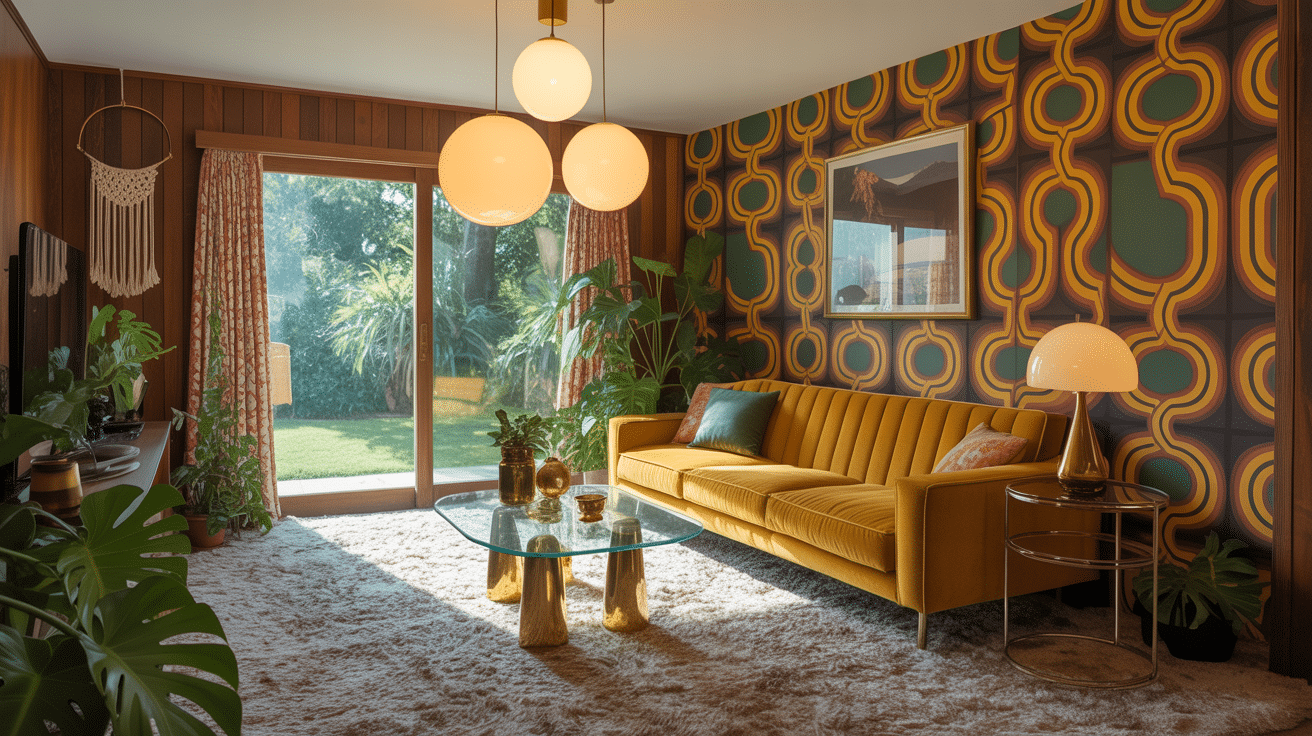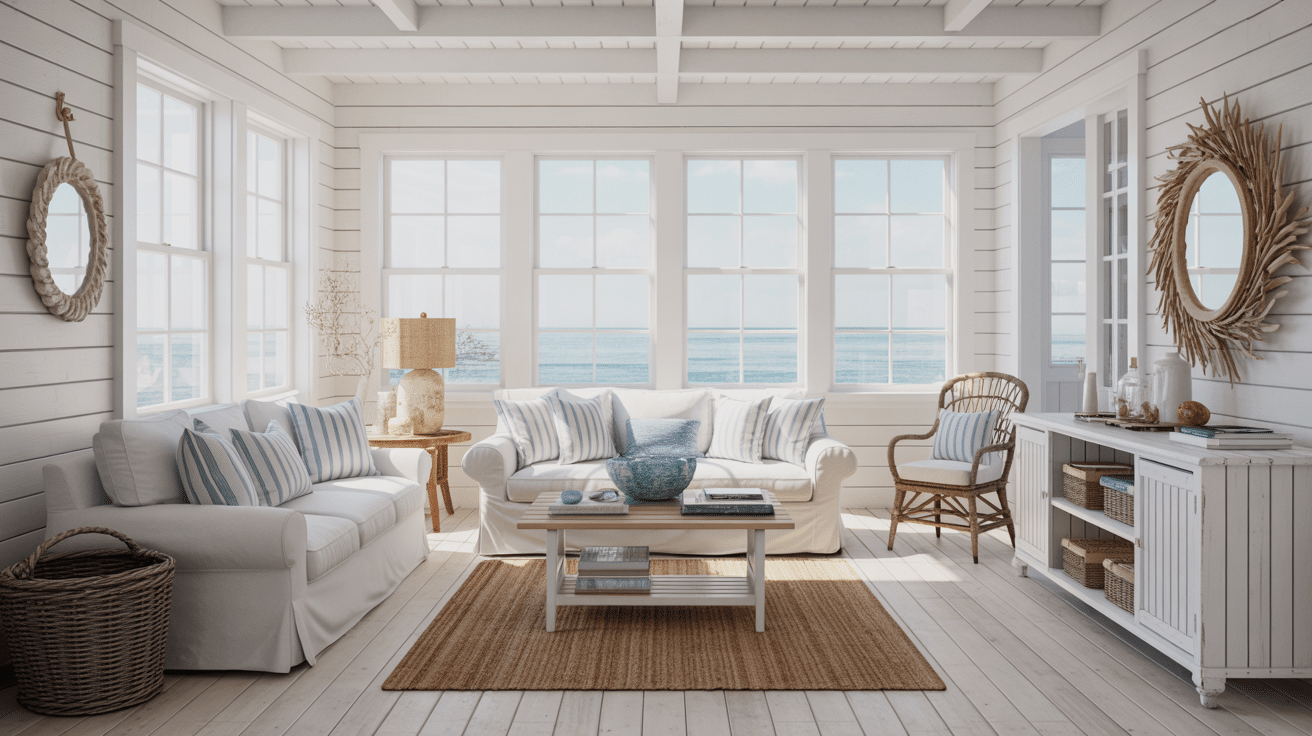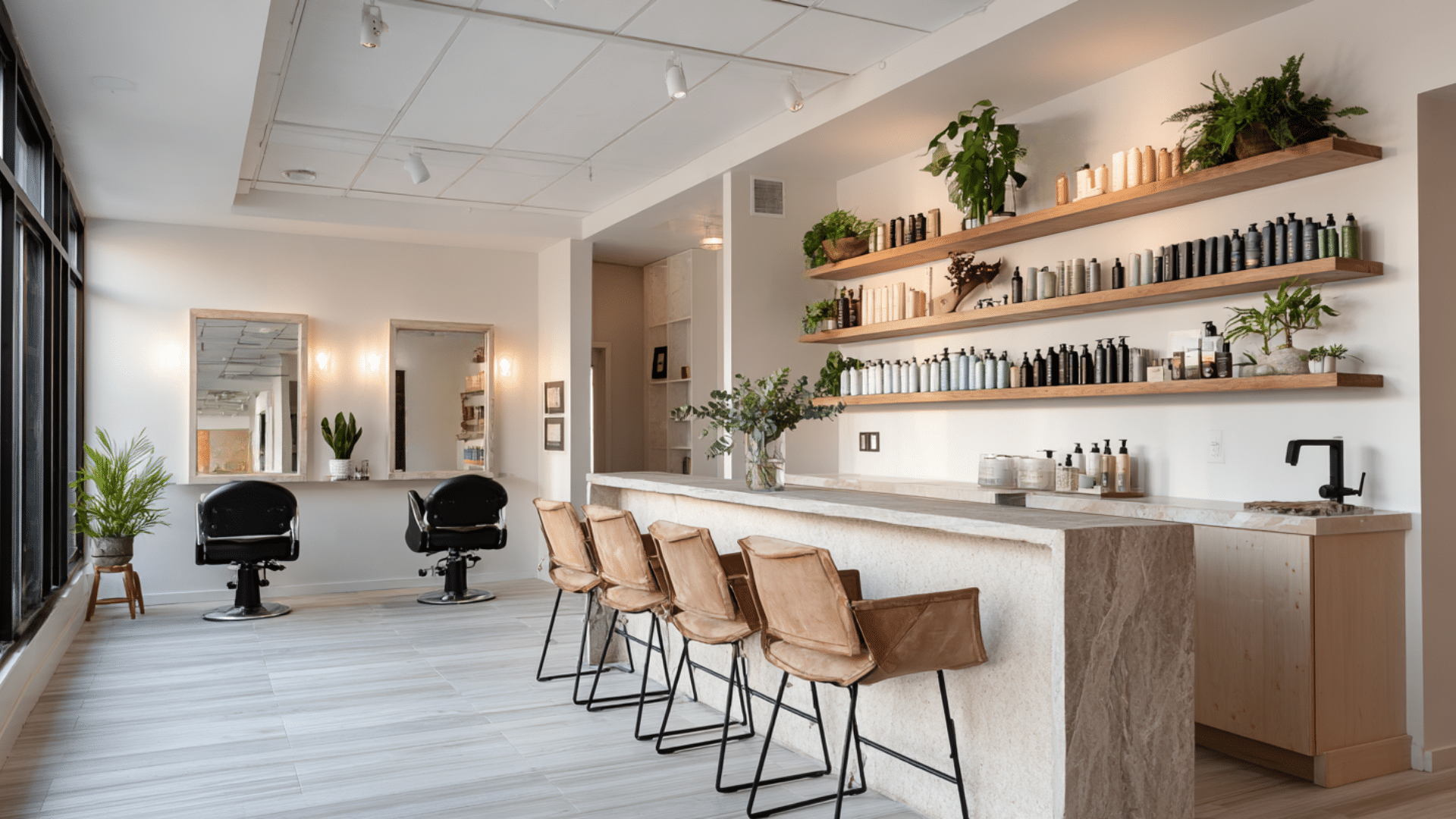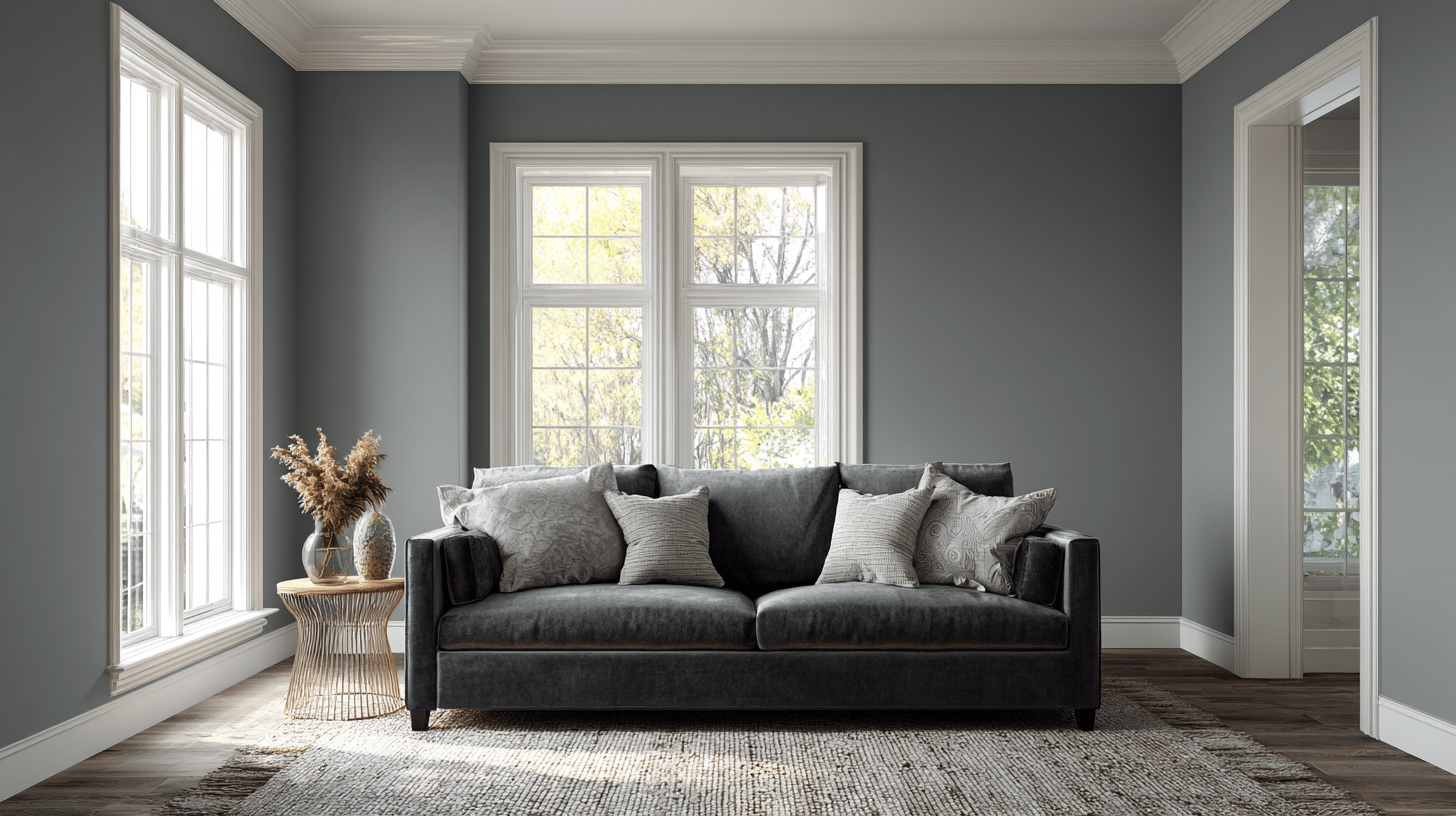French buildings tell stories that would make soap operas jealous. From Gothic cathedrals that seem to touch the clouds to Baroque palaces dripping with gold.
But most people walk past these stone masterpieces without knowing their secrets.
This handbook changes that. It breaks down French architectural styles into bite-sized pieces that anyone can understand.
No fancy degrees needed. Just curiosity and maybe a croissant for the road. Ready to decode centuries of French building brilliance?
Let’s get started.
History of French Architecture
French architecture didn’t just happen overnight. It matured like a fine wine, improving with age and absorbing flavors from various periods.
Each era left its mark on French buildings, creating a timeline written in stone and mortar that spans centuries.
Romanesque Period (1000-1150)
Think thick walls and tiny windows. French builders during this time created churches that looked more like fortresses.
They used rounded arches everywhere and made buildings that could survive both prayers and battles. The style was heavy but sturdy.
Gothic Glory (1150-1500)
This is when French builders got bold. They shot their buildings skyward with pointed arches and flying buttresses. Cathedrals became light-filled spaces that seemed to defy gravity.
Stained glass windows turned sunlight into rainbow prayers.
Renaissance Refinement (1495-1600)
French architects developed a fondness for Italian ideas. They mixed French traditions with Renaissance flair.
Châteaux became palaces with perfect proportions. Decorative elements got fancy, but not over-the-top fancy.
Baroque Brilliance (1600-1750)
Louis XIV wanted buildings that screamed, “Look at me!” Versailles became the ultimate show-off palace. Everything got bigger, grander, and more golden.
Curves replaced straight lines, and drama became the main ingredient.
Modern Movements (1750-Present)
French architecture kept changing with the times. From Art Nouveau’s flowing lines to Le Corbusier’s clean boxes, France never stopped experimenting.
Today’s French buildings mix old charm with new needs.
The Signature Traits of French Architecture
French buildings have personality traits that make them instantly recognizable.
These features pop up across different time periods, creating a family resemblance that connects centuries of construction.
Spot these elements, and you’ll know you’re looking at French architectural DNA.
Structural Elements:
- Steep roofs: Perfect for shedding rain and snow
- Dormer windows: Pop out of roofs like curious eyes
- Tall windows: Let in maximum light and fresh air
- Stone construction: Built to last through centuries
- Flying buttresses: Gothic engineering that looks like stone arms
Decorative Details:
- Ornate ironwork: Balconies that look like metal lace
- Carved stone details: Every surface tells a story
- Symmetrical facades: Balance makes everything look perfect
- French doors: Floor-to-ceiling windows that open wide
- Mansard roofs – Double-sloped roofs that create extra space
Color and Materials:
- Limestone and sandstone: Natural materials that age gracefully
- Neutral color palettes: Creams, grays, and soft whites
- Red clay tiles: Especially in southern France
- Wrought iron accents: Black metal that adds character
- Natural wood shutters: Practical and pretty
France’s Greatest Architectural Masterpieces
France serves up architectural masterpieces like a buffet of building brilliance.
These famous structures represent different periods and styles, each one telling its own story about French creativity and craftsmanship. These structures are like a greatest hits album showcasing French construction.
1. Notre-Dame Cathedral, Paris
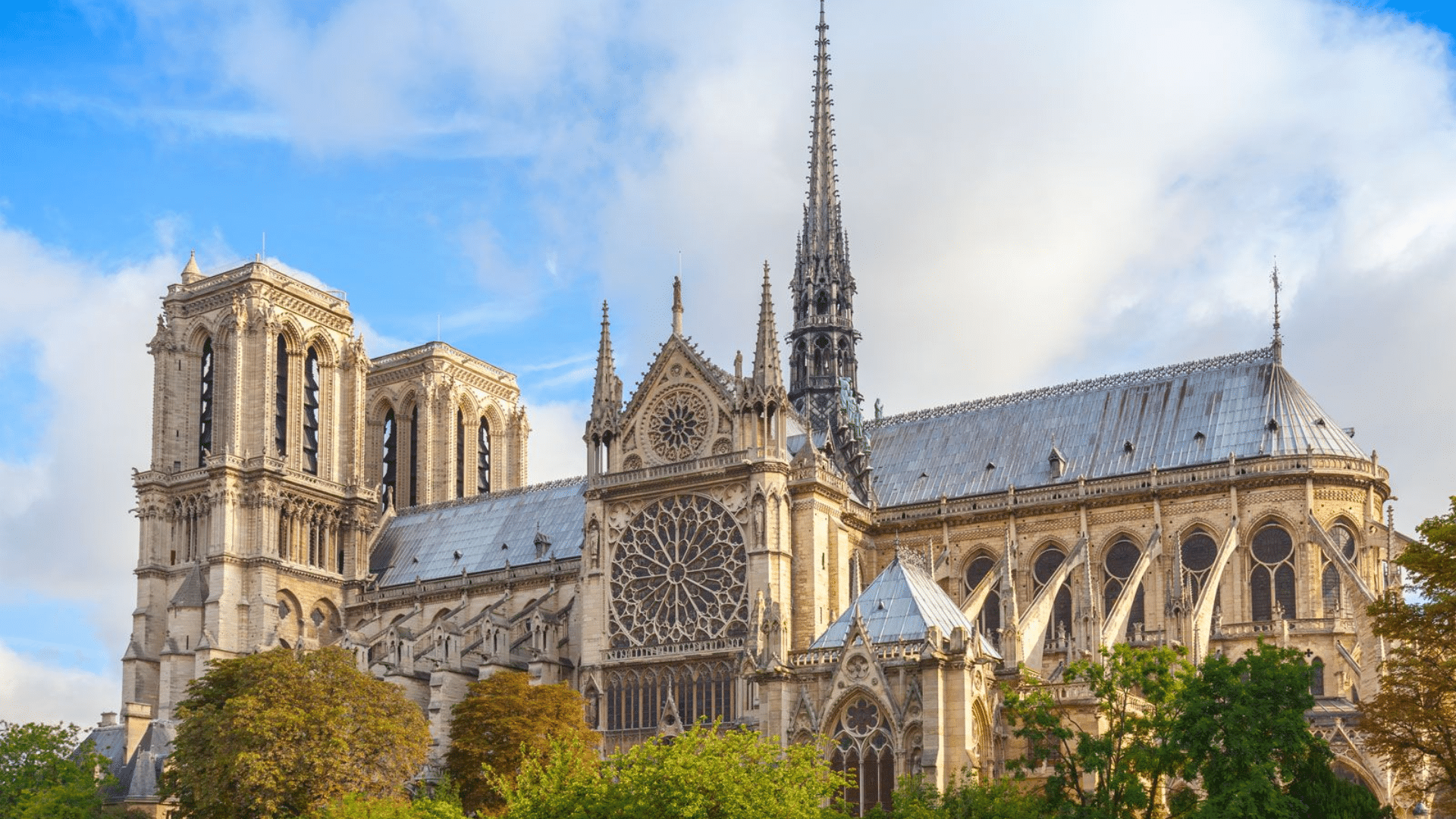
Picture Credit: Britannica
This Gothic giant took 200 years to build, and it shows. Every flying buttress and rose window was meticulously planned. The cathedral survived revolutions, wars, and even a devastating fire. It remains Paris’s stone heart.
2. Palace of Versailles
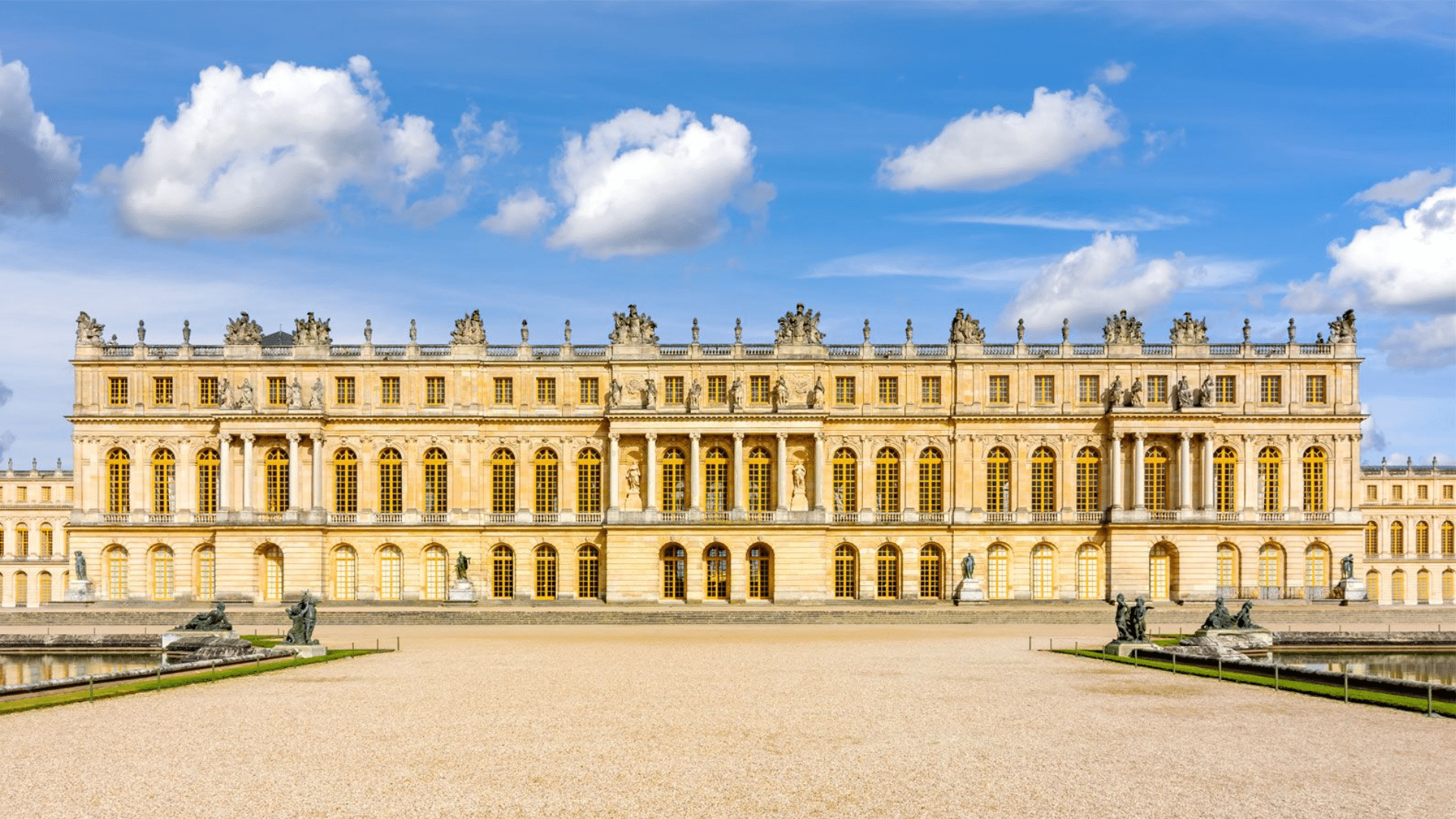
Picture Credit: Britannica
Louis XIV’s ultimate home makeover project. This Baroque palace screams luxury from every golden surface. The Hall of Mirrors alone contains 357 mirrors reflecting pure opulence. The gardens are almost as famous as the building.
3. Château de Chambord
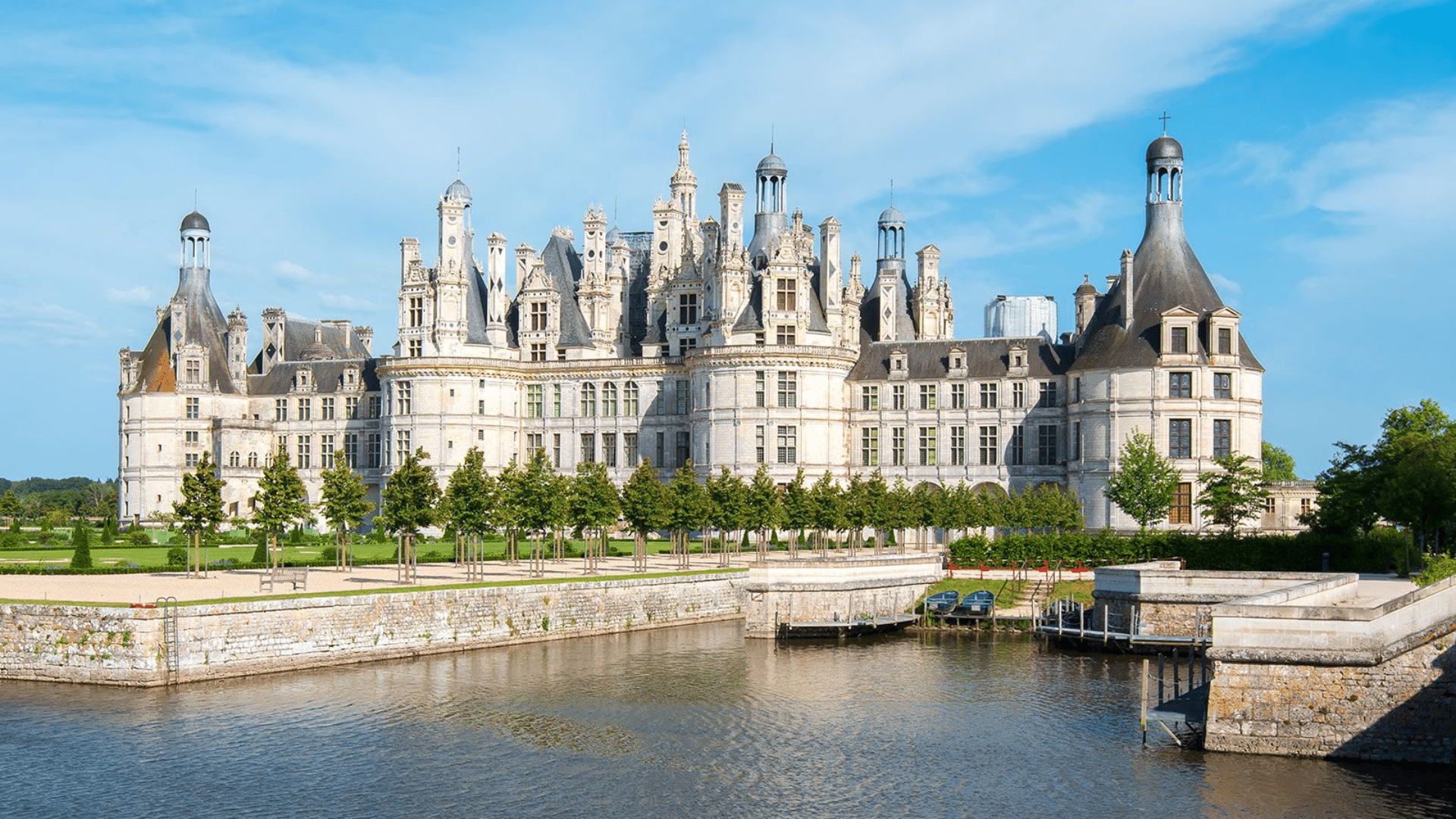
Picture Credit: Britannica
Renaissance meets French flair in this Loire Valley castle. Its double spiral staircase is an engineering marvel. Legend says Leonardo da Vinci helped design it. The roofline looks like a stone fairy tale come to life.
4. Sainte-Chapelle, Paris
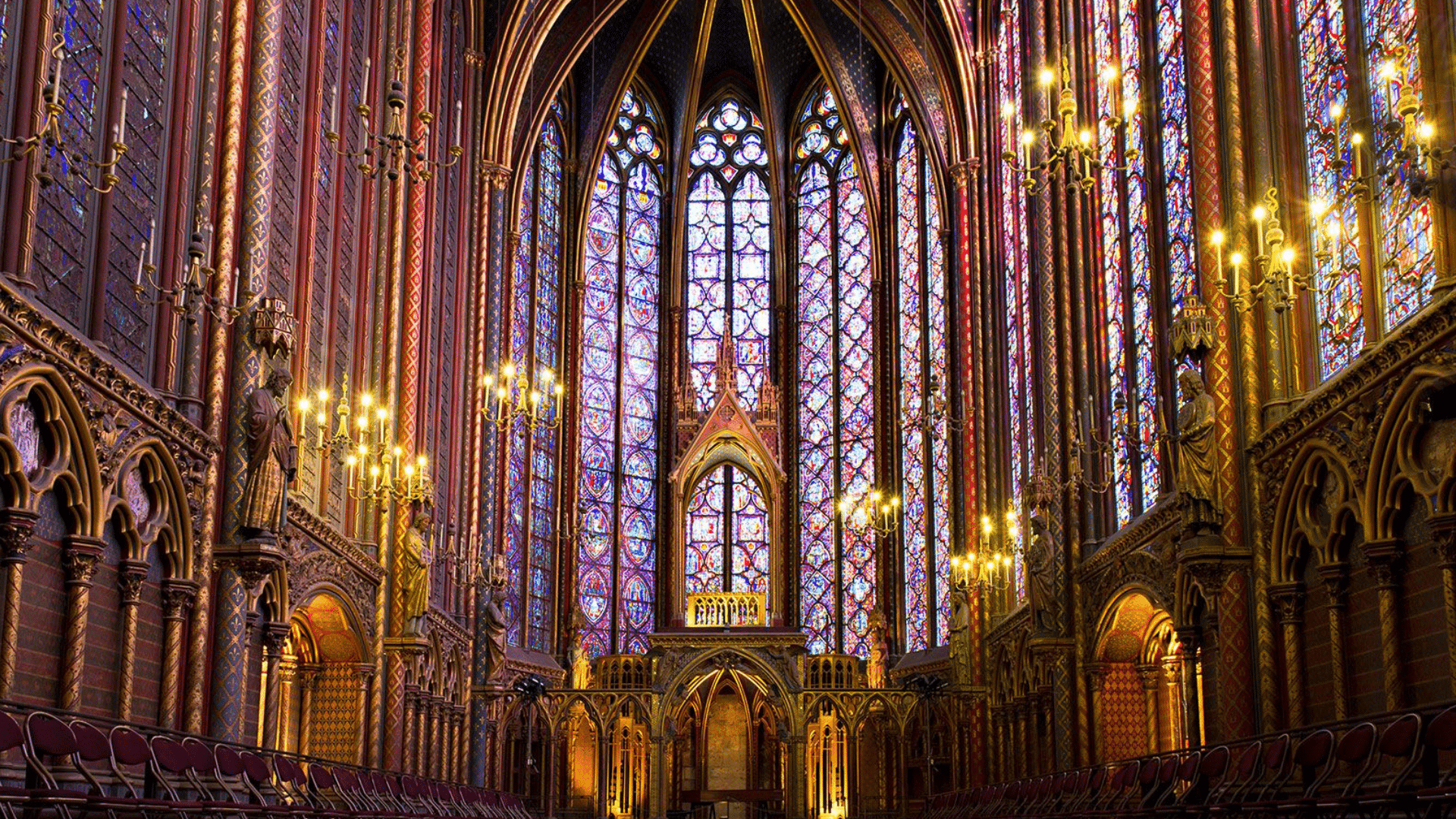
Picture Credit: Britannica
This Gothic gem was built to house holy relics. The stained glass windows create a jewel box effect. On sunny days, the interior glows like the inside of a rainbow. It’s Gothic architecture at its most spiritual.
5. Eiffel Tower, Paris
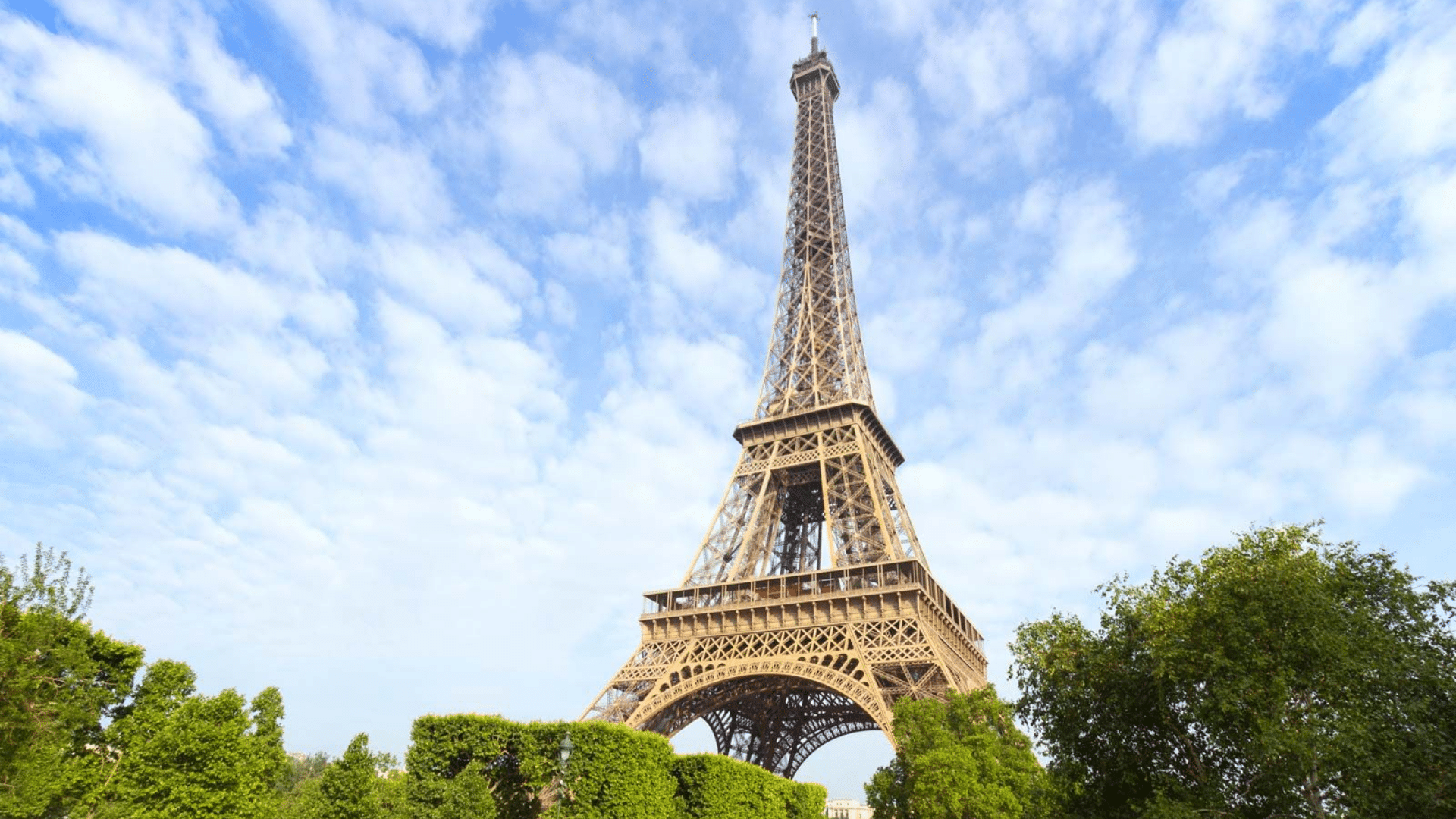
Picture Credit: Britannica
Iron architecture that shocked and delighted in 1889 Paris. Gustave Eiffel created a tower that looks like metal lace reaching for the sky. Originally temporary, it became France’s most famous building. Function became pure art.
6. Arc de Triomphe, Paris
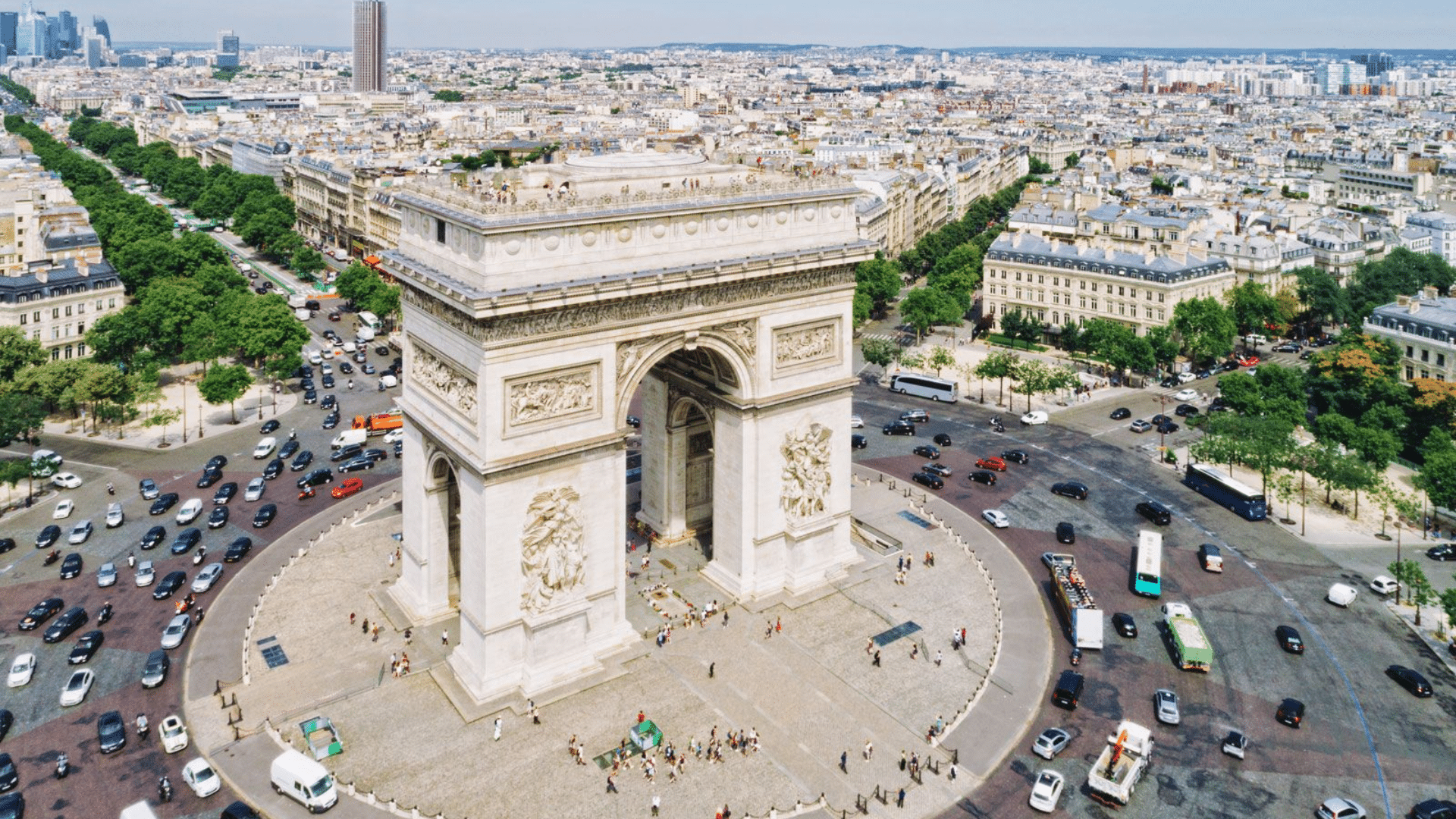
Picture Credit: Britannica
Neoclassical confidence carved in stone. Napoleon commissioned this victory monument to commemorate the French military’s achievements.
It anchors the Champs-Élysées and provides perfect symmetry to Parisian city planning. Pure imperial swagger.
Conclusion
French architecture tells France’s story one building at a time. From Gothic cathedrals to Baroque palaces, each style reflects the dreams of its era.
Walking through French cities becomes a time-travel experience.
Modern buildings chat with medieval stones while keeping the conversation alive.
Now someone can walk past a French building and see more than walls and windows. They’ll spot the flying buttresses, appreciate the ironwork, and understand the stories behind them.

